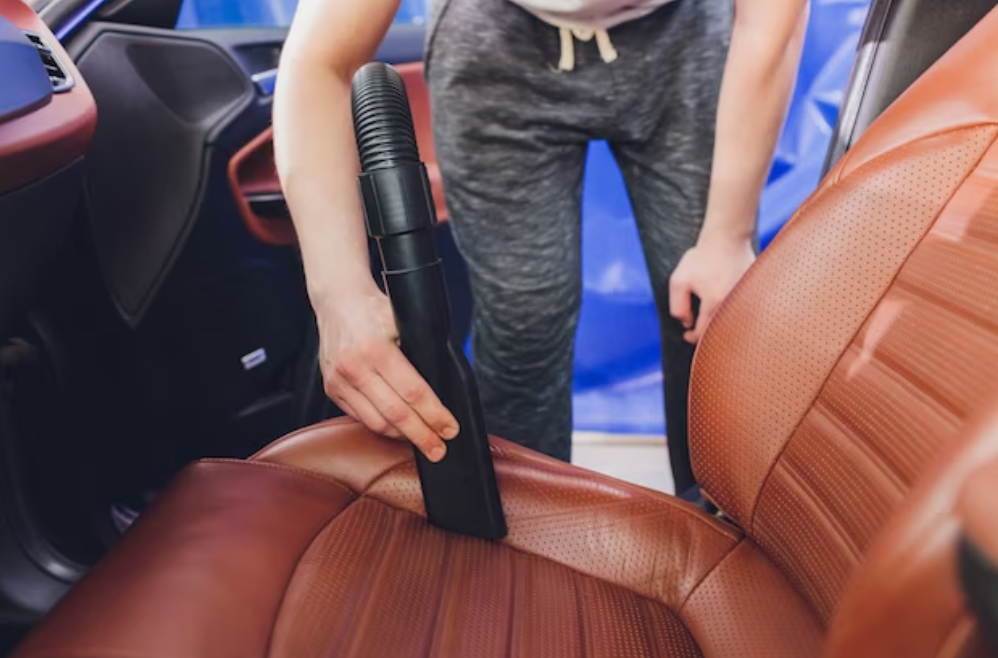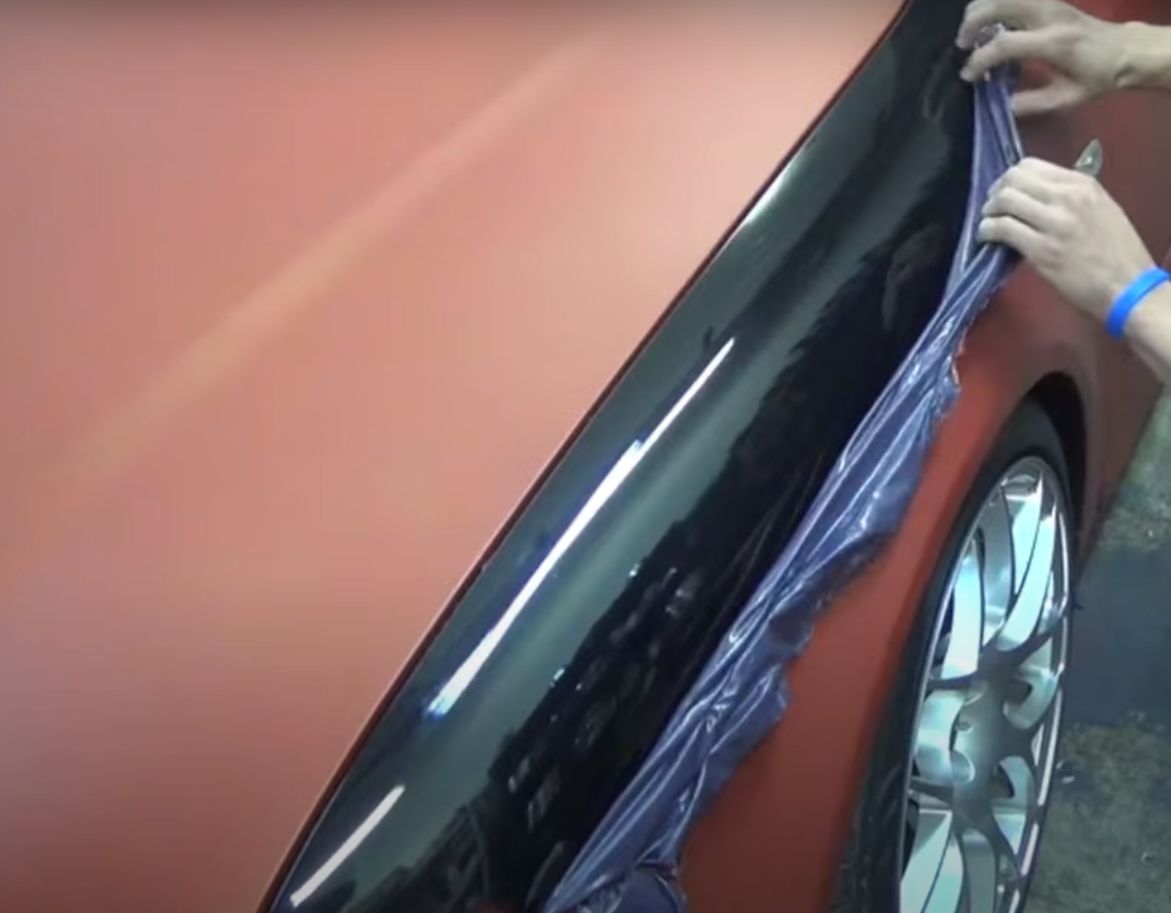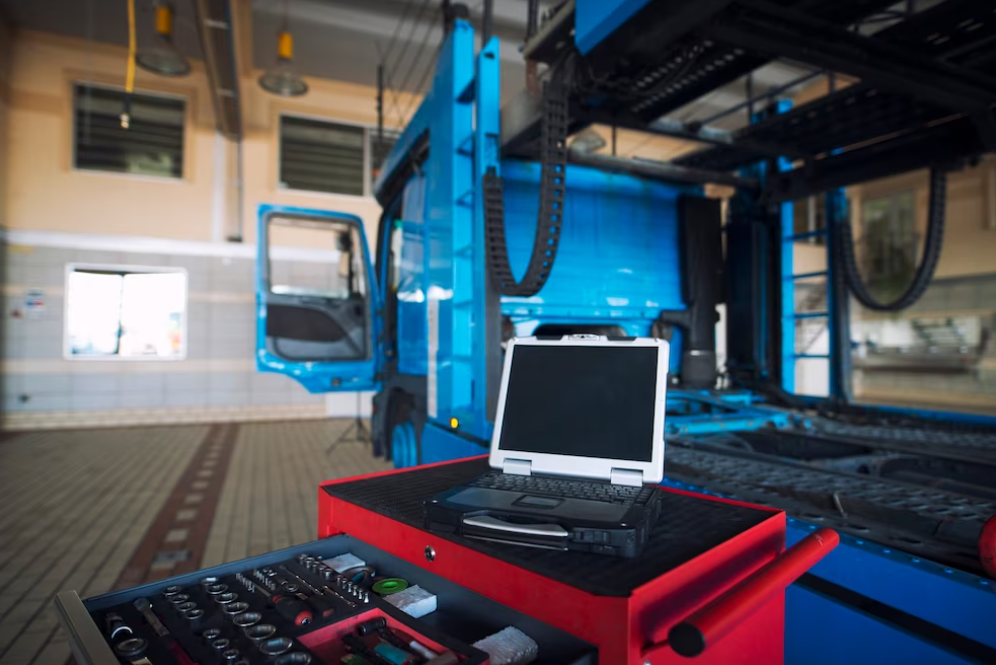How to Restore Leather Seats
Leather seats may add a luxury touch to your vehicle, and with appropriate care, they can endure for a long time. Knowing how to restore leather car seats is a useful ability for anybody who owns or regularly uses a vehicle with this type of interior material - not only will it improve the aesthetic of the car's interior, but it will also help protect the lifespan of these surfaces. In this blog post, we’ll cover everything you need to know about restoring your vehicles leather car seat upholstery and provide helpful tips on preventing future damage as well!

What Causes Damage to Leather Seats
Leather seats are a luxurious addition to any vehicle, but proper care and maintenance are essential to maintain their pristine appearance. Leather seats are subject to regular wear and tear, spills, and sun damage over time. Fortunately, you may take practical measures to maintain and restore the elegance of your leather seats. You may restore the sheen of your leather seats and assure its everlasting attractiveness by using the right products and procedures.
One of the primary culprits behind leather seat damage is sun exposure. UV rays can gradually fade the leather, giving it a worn and lackluster look. To safeguard your leather seats from sun damage, it is recommended to use a leather protectant that incorporates UV protection. This protective shield acts as a barrier, deflecting the sun's rays and preserving the leather's original allure.
Spills are another common hazard for leather seats. Any liquid spill, whether soda, coffee, or anything else, has the potential to leave ugly stains and, if not immediately cleaned up, to become discolored. Start by using a mild soap and water solution to remove stains from leather. Avoid rubbing the stain deeper into the leather by gently dabbing it with a clean towel. In the event of stubborn stains, a specialized leather cleaner designed for stain removal may be necessary to achieve optimal results.

To maintain leather seats looking and feeling their best, cleaning and treating them regularly is necessary. Start by cleaning your leather seats using a leather cleaner to get rid of dirt and grime. Make sure to use a cleaner specifically made for leather, as regular cleaners can damage the material. After cleaning, apply a leather conditioner to help keep the leather soft and hydrated. Leather conditioners also help protect the material from cracking and fading over time. With regular cleaning and conditioning, you can keep your leather seats looking beautiful for years to come.
Adding leather seats to your car brings a touch of luxury, but it's crucial to provide them with proper care and maintenance to prevent premature damage and wear. Preserving the impeccable appearance of your leather seats for an extended period requires taking proactive measures to shield them from potential harm. Begin by restoring your leather seats through a thorough cleaning and conditioning process. Utilize a specialized cleaner and conditioner designed specifically for leather, ensuring a gentle yet effective removal of dirt, dust, and oils. Once your seats are pristine, apply a quality leather conditioner to safeguard them against future damage and maintain their optimal appearance. Consistently cleaning and conditioning your leather seats will serve as a protective shield, defending them from environmental elements and retaining their pristine, like-new allure.

Gentle Brush: Use a soft-bristled brush specifically designed for leather to delicately eliminate dirt, debris, and surface contaminants without risking scratches or damage.
Quality Leather Cleaner: Invest in a high-quality leather cleaner suitable for your leather type. Look for a pH-balanced and non-abrasive formula that can effectively remove dirt, stains, and oils without causing harm. Follow the product instructions for optimal results.
Microfiber Cloths: Opt for microfiber cloths, which are gentle, lint-free, and highly absorbent. They are perfect for cleaning and buffing leather seats, ensuring residue-free wiping of cleaners and conditioners.
Leather Conditioner: Choose a reliable leather conditioner to restore moisture and suppleness to your seats, preventing dryness and cracking over time. Select a conditioner that matches your leather type and contains nourishing ingredients like natural oils or lanolin.
UV Protectant: Shield your leather seats from harmful UV rays by using a leather protectant or conditioner that offers UV protection. This helps prevent fading, discoloration, and sun damage, preserving the vibrancy and freshness of your seats.
Leather Repair Kit: For minor scratches, scuffs, or small tears, consider having a leather repair kit on hand. These kits typically include color-matched repair compounds, fillers, and tools to assist you in fixing and concealing minor damages independently.
Vacuum Cleaner with Soft Brush Attachment: Regularly vacuum your leather seats to remove loose dirt, crumbs, and debris that can lead to scratches or accumulate over time. Utilize a vacuum cleaner with a soft brush attachment to gently clean the surface and crevices of your seats.
-
My leather seats have small scratches or cracks. Can I repair them myself?
Minor scratches or cracks can be addressed using a leather repair kit designed for DIY use. These kits typically include color-matched compounds and tools to help you fill and conceal the damages. However, for major or extensive damage, it is advisable to consult a professional leather repair service.
-
Are there any precautions I should take when cleaning or conditioning leather seats?
Yes, it is important to follow the instructions provided by the manufacturer of the cleaning or conditioning products. Test any new product on a small, inconspicuous area of your seats first to ensure compatibility. Use gentle, circular motions when cleaning and avoid excessive scrubbing or rubbing, which can damage the leather.
See more review here: The 10 Best Motorcycle LED Light Kits




.png)









